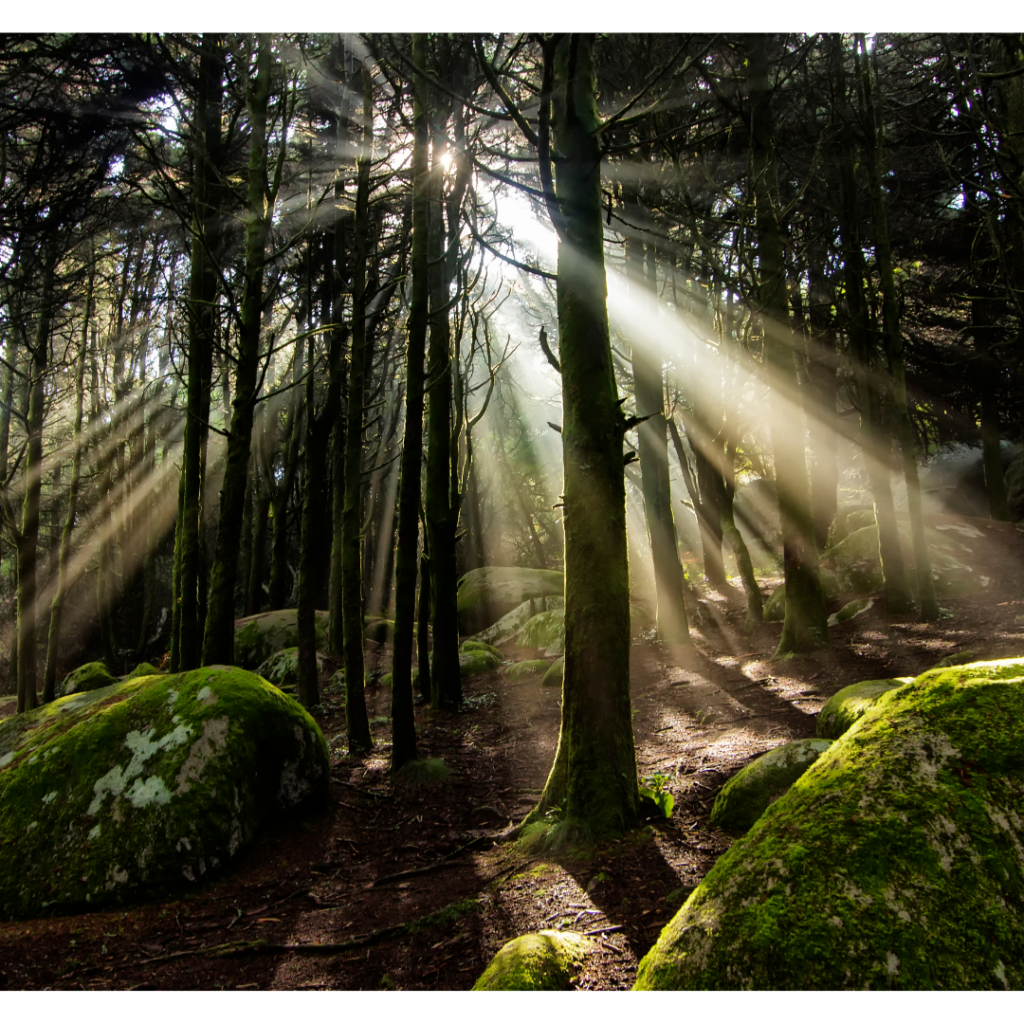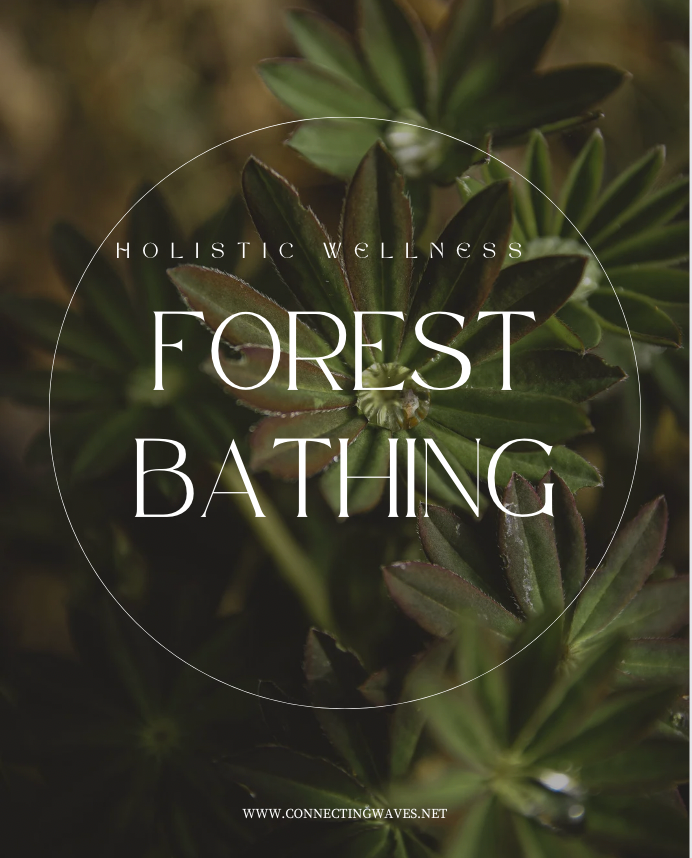In the hustle and bustle of modern life, where screens dominate our attention and stress pervades our daily routines, a remedy for our well-being may be found in the ancient practice of forest bathing. Originating in Japan, Shinrin-yoku, or forest bathing, has gained global recognition for its therapeutic benefits. This article explores the science behind forest bathing, its cultural roots, and the myriad ways in which immersing oneself in nature can contribute to physical, mental, and emotional well-being.

The Essence of Forest Bathing
At its core, forest bathing is a practice that encourages individuals to immerse themselves in a natural environment, typically a forest, and engage in mindfulness activities. Rather than an intense physical activity, it is about slowing down, opening the senses, and connecting with the natural world. The focus is on being present in the moment, observing nature, and letting go of stress.
The Science Behind
Research has shown that spending time in nature has a profound impact on both mental and physical health. Forest bathing has been linked to reduced levels of cortisol (a stress hormone), improved mood, enhanced creativity, and strengthened immune function. The forest environment emits phytoncides, airborne chemicals that have been associated with these positive effects on the human body.
Cultural Roots and Global Adoption
Originating in Japan in the 1980s, forest bathing was developed as a response to the stress-inducing urban lifestyle. The practice quickly gained popularity and is now a cornerstone of preventive health care in Japan. Its principles have been embraced worldwide, with forest bathing guides and designated therapeutic natural spaces emerging in various countries. Governments and healthcare systems are increasingly recognizing the value of prescribing time in nature as part of a holistic approach to well-being.
How to Practice Forest Bathing
Forest bathing is accessible to people of all ages and fitness levels. The key is to engage the senses intentionally. Some suggested activities include mindful walking, deep breathing, observation of natural elements, and grounding exercises. Unplugging from electronic devices and simply being present in the natural surroundings is fundamental to the practice.
Urban Forest Bathing
Recognizing that not everyone has access to pristine forests, the concept of urban forest bathing has emerged. Parks, green spaces, and even botanical gardens can serve as urban sanctuaries for those seeking the benefits of nature within city limits. The key is to find a place where one can disconnect from the urban clamor and connect with the natural world.
The Future of Forest Bathing
As the world grapples with an increasing prevalence of mental health issues and lifestyle-related diseases, the future of forest bathing looks promising. Integrating nature into urban planning, healthcare practices, and individual lifestyles could contribute to a healthier and more balanced society. Initiatives promoting nature-based therapies and ecotherapy are gaining momentum, emphasizing the importance of our relationship with the environment for overall well-being.
In a world that often feels fast-paced and stressful, the ancient practice of forest bathing offers a timeless prescription for well-being. Whether in the heart of a lush forest or the midst of an urban green oasis, the act of immersing oneself in nature has the power to heal, rejuvenate, and restore balance to the mind, body, and soul. As we continue to unravel the scientific mysteries behind this age-old practice, the call of the forest beckons as a remedy for the ailments of modern life.



